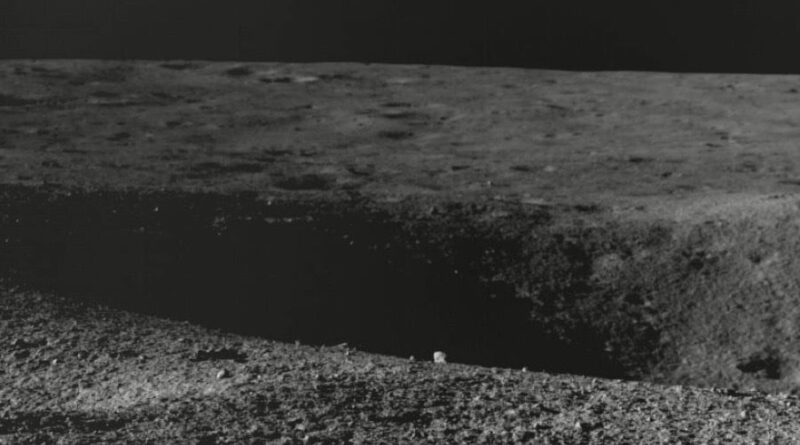Close call: India’s moon rover just avoided a treacherous crater
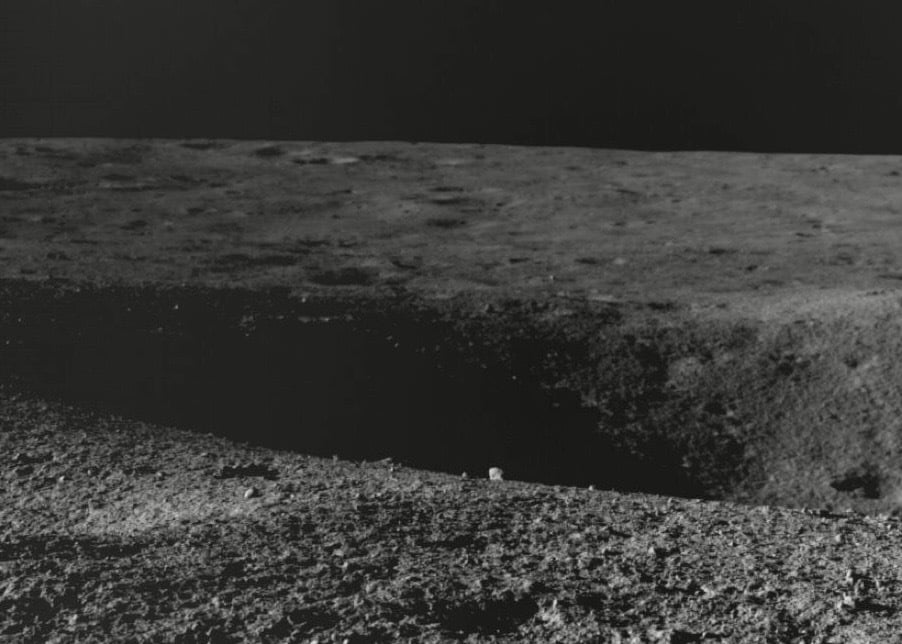
India’s moon rover is proving to be a scrappy, resilient space explorer.
While cruising the dark and craggy lunar terrain at the south pole region Sunday, Pragyan came within 10 feet of a crater plenty big enough to swallow the whole buggy.
It was a close call, but the rover’s navigation cameras spotted the crater, about 13 feet wide, just in time. Pragyan was then commanded to retrace its path to avoid the hazard, according to the Indian Space Research Organization, India’s version of NASA.
“It’s now safely heading on a new path,” the space agency said Monday.
The success of Chandrayaan-3, which means “moon craft” in Hindi, places India among the former Soviet Union, United States, and China: global superpowers-turned-spacefarers who have landed on the moon 239,000 miles away. The victory comes four years after India’s Chandrayaan-2 mission crashed attempting the same feat of landing near the moon’s south pole.
India’s accomplishment follows mere days after the Russian space agency, Roscosmos, lost its Luna-25 robotic spacecraft in a crash. The dueling Indian and Russian missions were each trying to set their crewless spacecraft down near the south pole last week.
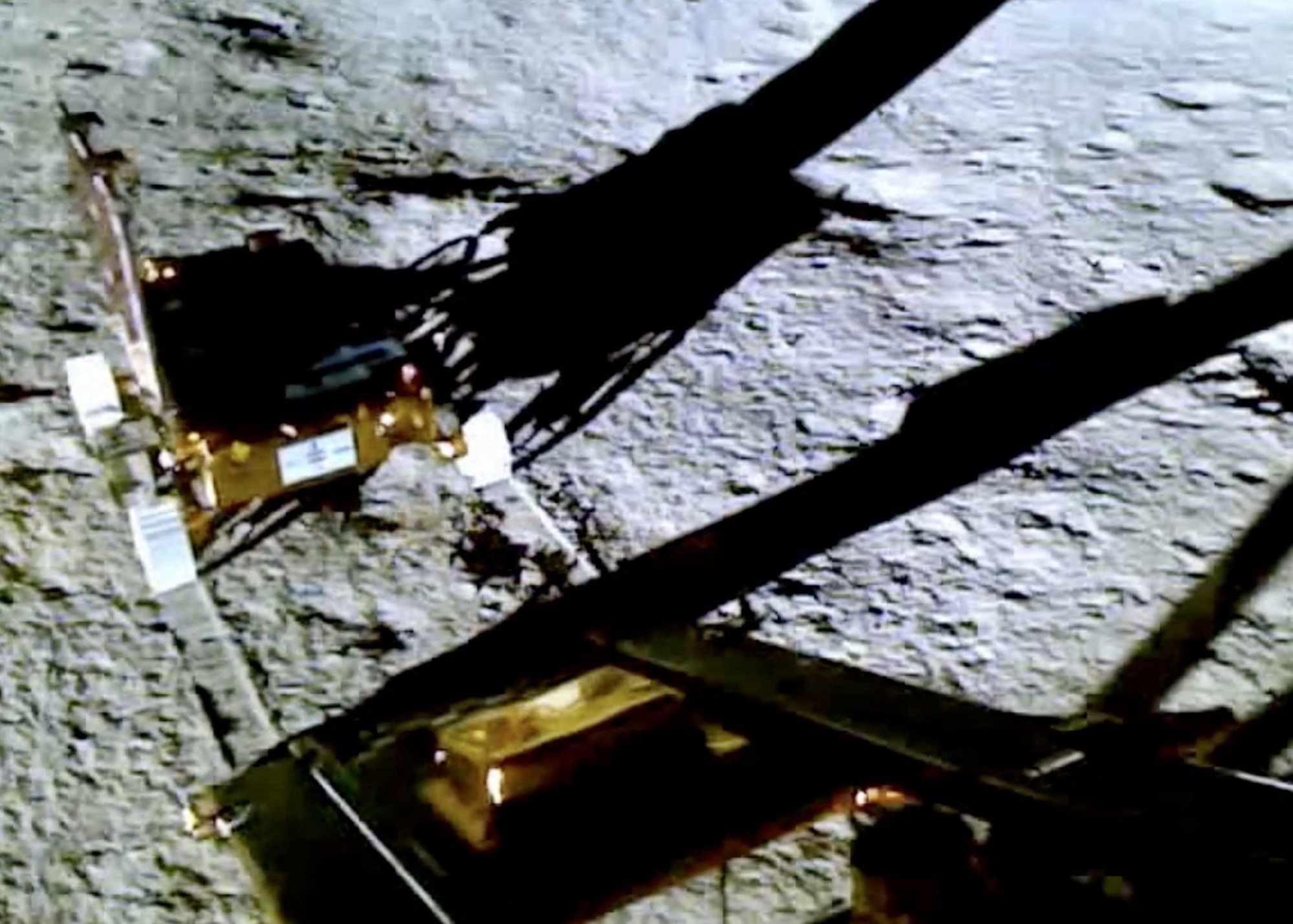
Want more science and tech news delivered straight to your inbox? Sign up for Mashable’s Light Speed newsletter today.
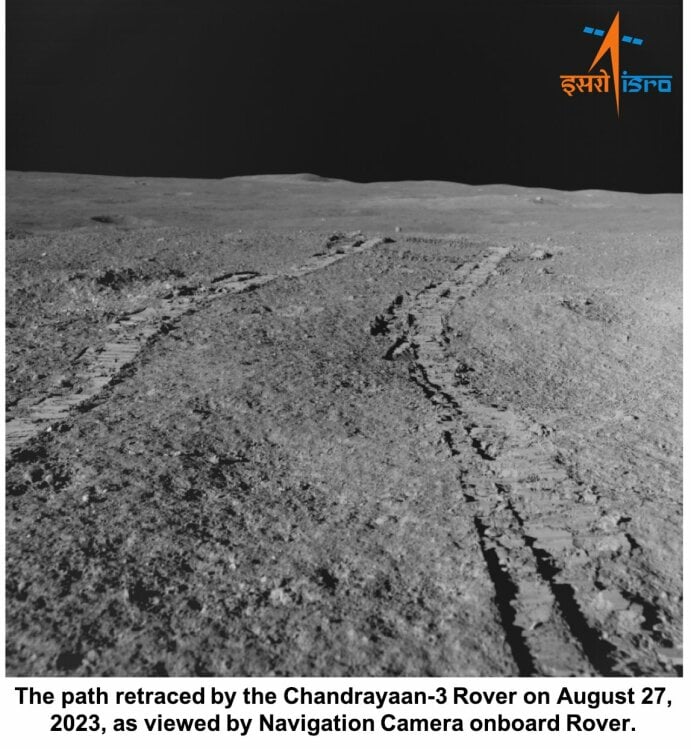
Many nations and private ventures have set their sights on the polar region because of its ice, buried in the craters. The natural resource is coveted because it could supply drinking water, air, and rocket fuel for future missions, ushering a new era in spaceflight.
But those craters are also part of what makes missions to the south pole so dangerous. Long shadows sweeping the moonscape create difficult lighting and temperature conditions. To navigate, rovers must be able to see the steep pits to avoid tipping down the edges.
The Pragyan rover, a golden six-wheeled vehicle, continues to survive the harsh environment. Its instruments are conducting experiments, such as a study of the chemicals and minerals in the lunar soil.
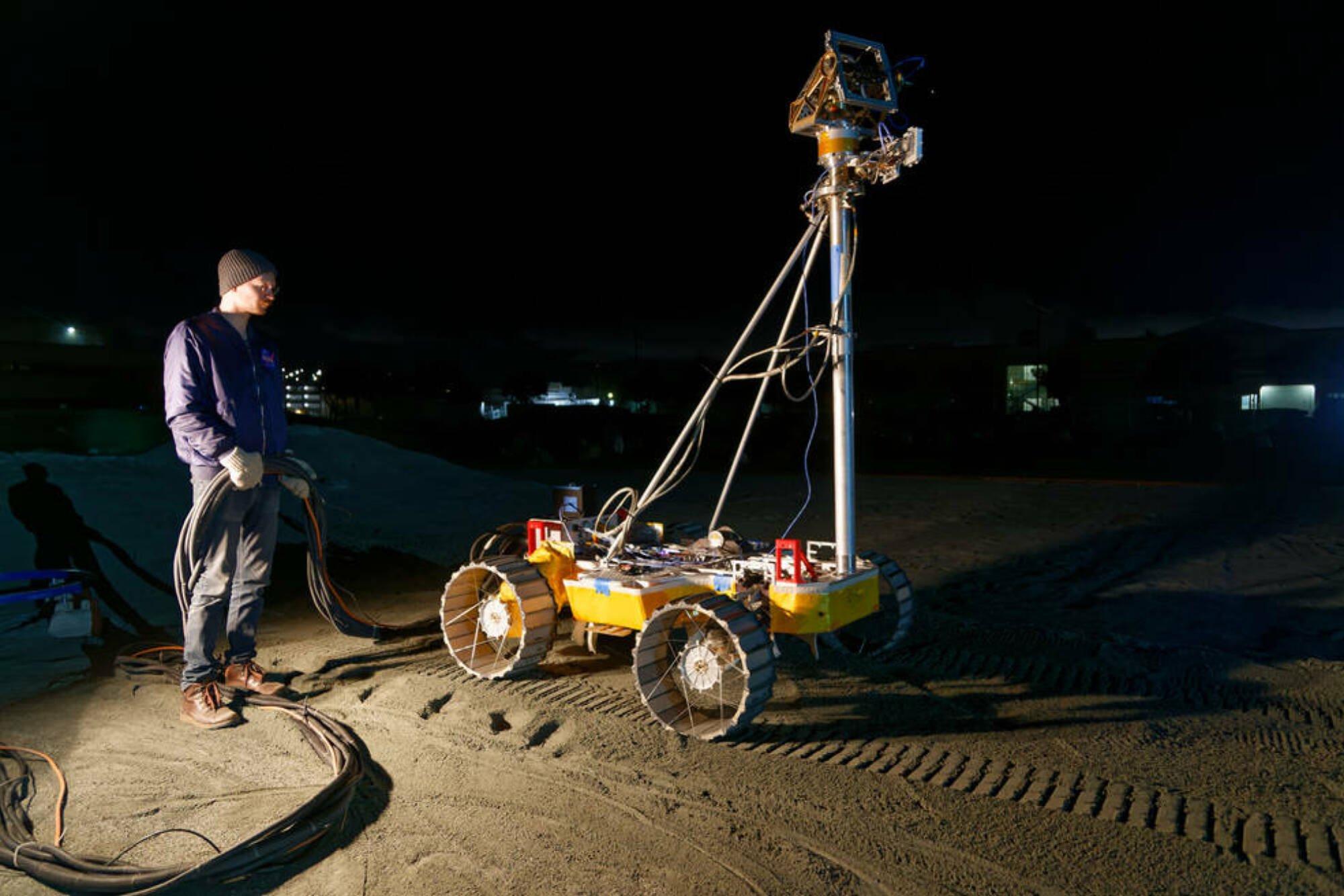
Because the south pole hasn’t been explored until now, scientists haven’t known for sure what to expect: Is the soil hard and dense or loose and fluffy? That’s why NASA has designed its own Volatiles Investigating Polar Exploration Rover, or VIPER, to be ready for anything.
The U.S. rover will be engineered to drive “sideways or diagonally, spin in a circle and move in any direction without changing the way it faces,” NASA said. “If it encounters soft soils, it will even be able to walk its wheels by moving each wheel independently to free itself.”
VIPER is slated to land on the moon in late 2024.
